Nestled in the eastern Himalayas, the Kingdom of Bhutan, often referred to as the "Land of the Thunder Dragon," remains one of the world’s most enigmatic and culturally rich nations. With its breathtaking landscapes, deeply rooted Buddhist traditions, and a unique approach to governance centered on Gross National Happiness, Bhutan offers a fascinating case study of a society that has carefully balanced modernity with tradition. The country’s commitment to preserving its cultural heritage while cautiously embracing globalization makes it a standout in an increasingly homogenized world.
The name "Druk Yul," or Land of the Thunder Dragon, originates from the powerful storms that roar through the Himalayan valleys, believed to be the voices of dragons. This mystical imagery is woven into Bhutan’s national identity, symbolized by the Druk, the thunder dragon, which adorns the country’s flag. Bhutanese culture is steeped in Vajrayana Buddhism, which shapes every aspect of life, from daily rituals to the grand tsechu festivals where masked dances depict moral tales and spiritual victories. Monasteries and dzongs (fortress-like temples) dot the landscape, serving as both spiritual and administrative centers.
Bhutan’s geography is as dramatic as its cultural heritage. The country spans from subtropical plains in the south to the towering peaks of the Himalayas in the north, with elevations exceeding 7,000 meters. This rugged terrain has historically isolated Bhutan, allowing it to develop independently. The Paro Valley, home to the iconic Tiger’s Nest Monastery (Taktsang Palphug), is a testament to Bhutan’s spiritual and natural grandeur. The monastery, perched precariously on a cliffside, is a pilgrimage site and a symbol of the nation’s devotion to Buddhism.
What truly sets Bhutan apart is its pioneering philosophy of Gross National Happiness (GNH), a development model prioritizing holistic well-being over economic growth alone. Introduced by the fourth king, Jigme Singye Wangchuck, in the 1970s, GNH emphasizes sustainable development, cultural preservation, environmental conservation, and good governance. This approach has garnered global admiration, positioning Bhutan as a leader in alternative development paradigms. The country’s constitution mandates that at least 60% of its land remain forested, a policy that has made Bhutan one of the few carbon-negative nations in the world.
Despite its small size and population, Bhutan has managed to assert its sovereignty throughout history. It was never colonized, thanks in part to its formidable terrain and strategic diplomacy. The Wangchuck dynasty, established in 1907, has played a pivotal role in unifying the country and guiding its transition to a constitutional monarchy in 2008. King Jigme Khesar Namgyel Wangchuck, the current monarch, is revered for his humility and dedication to his people, often seen working alongside citizens in rural development projects.
Tourism in Bhutan is carefully regulated to preserve its culture and environment. The "high-value, low-impact" policy requires visitors to pay a daily fee, ensuring that tourism benefits local communities without overwhelming them. This approach has kept mass tourism at bay, allowing travelers to experience Bhutan’s pristine landscapes and vibrant culture authentically. Highlights include the Punakha Dzong, a masterpiece of Bhutanese architecture, and the Phobjikha Valley, where endangered black-necked cranes winter.
Bhutan faces challenges as it navigates the 21st century. Urbanization, youth unemployment, and the pressures of globalization test its traditional ways. Yet, the country’s resilience and innovative policies, such as its focus on organic farming and renewable energy, offer hope. Bhutan’s story is one of a nation determined to chart its own course, proving that progress need not come at the expense of culture or environment. As the world grapples with crises of sustainability and meaning, the Thunder Dragon Kingdom stands as a beacon of possibility.
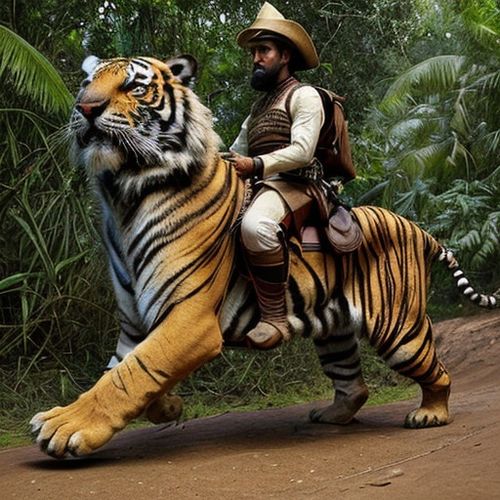
By Olivia Reed/Apr 28, 2025

By Emma Thompson/Apr 28, 2025
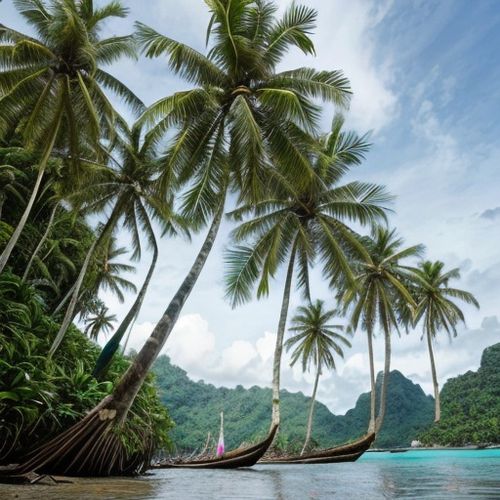
By Samuel Cooper/Apr 28, 2025
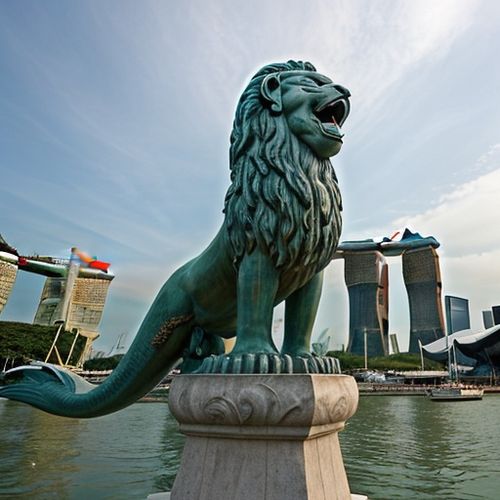
By Grace Cox/Apr 28, 2025
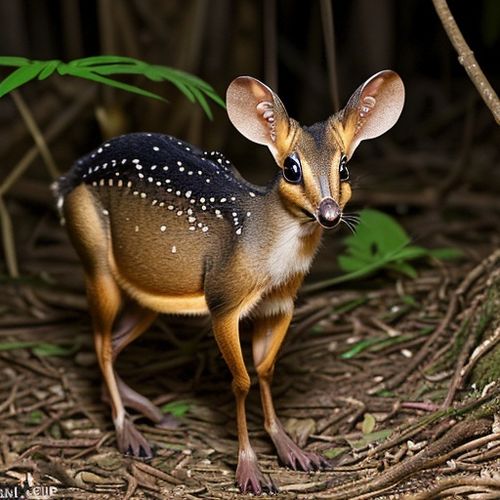
By George Bailey/Apr 28, 2025

By Rebecca Stewart/Apr 28, 2025
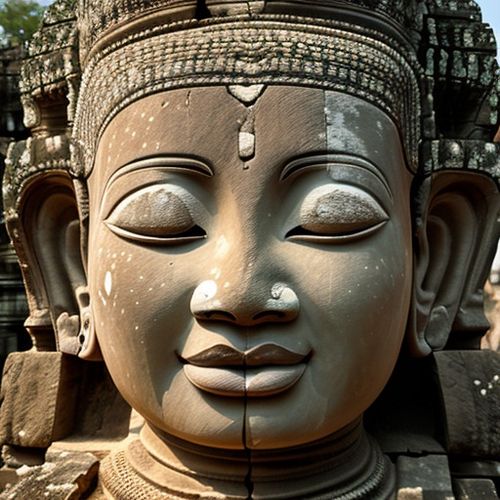
By George Bailey/Apr 28, 2025
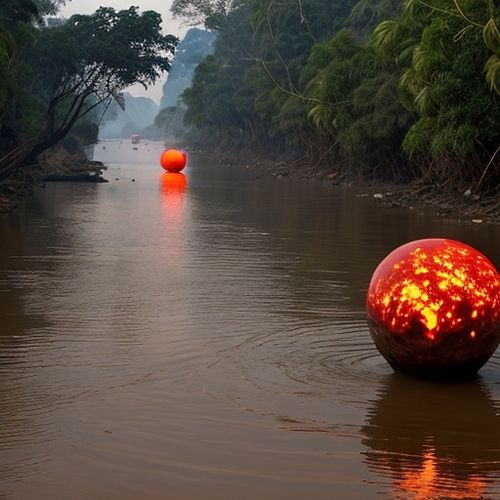
By Olivia Reed/Apr 28, 2025
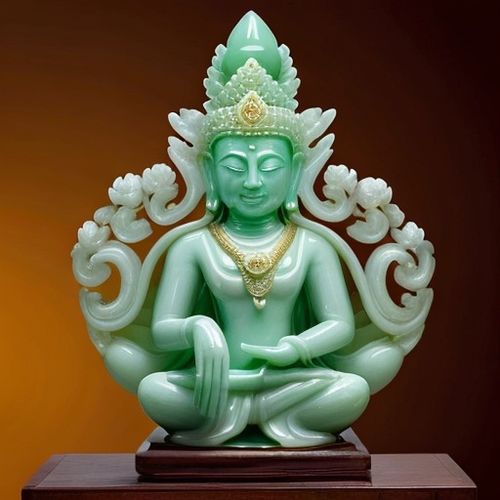
By Eric Ward/Apr 28, 2025
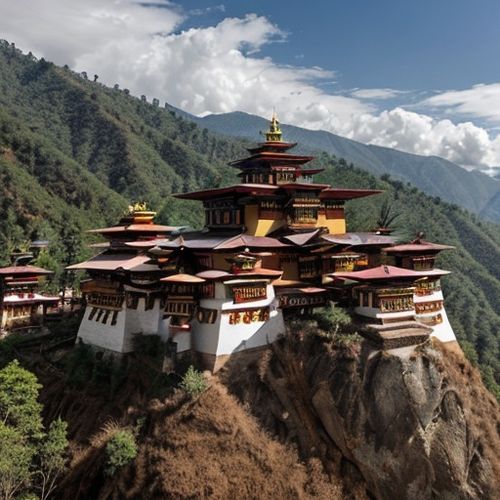
By Benjamin Evans/Apr 28, 2025
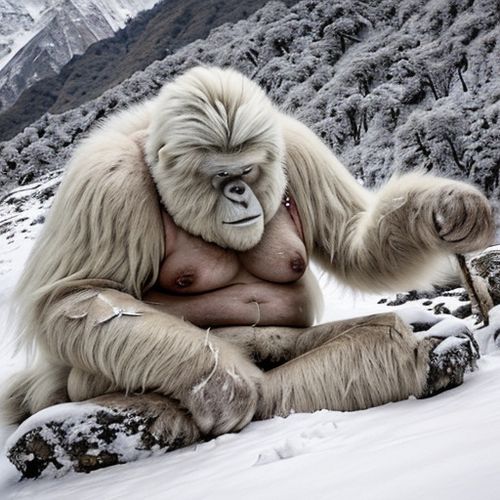
By Amanda Phillips/Apr 28, 2025
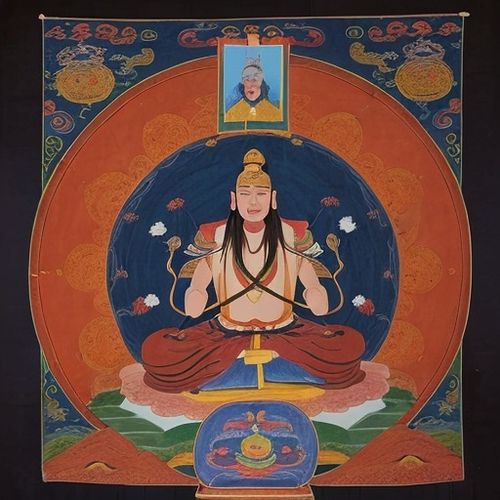
By Sophia Lewis/Apr 28, 2025
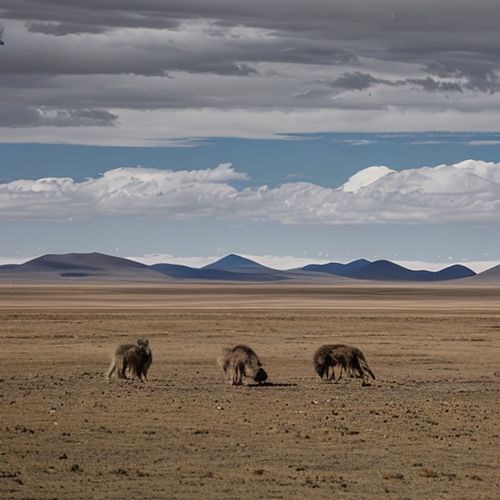
By Christopher Harris/Apr 28, 2025
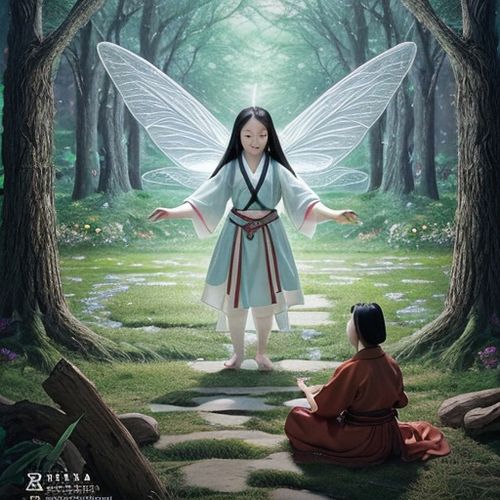
By Benjamin Evans/Apr 28, 2025
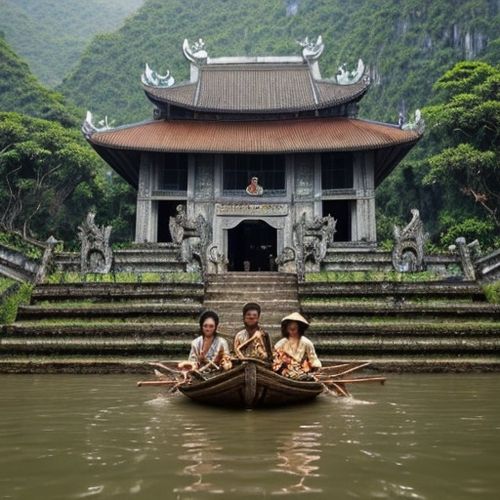
By Rebecca Stewart/Apr 28, 2025
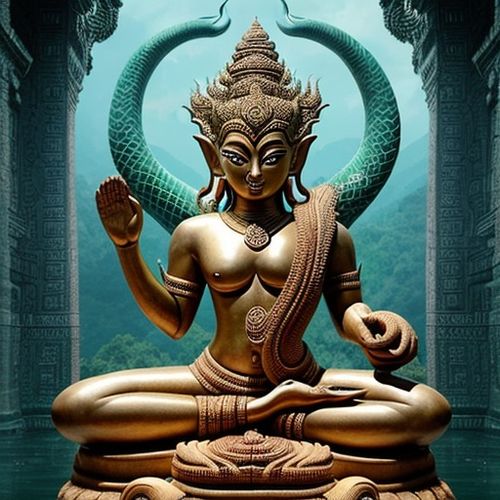
By David Anderson/Apr 28, 2025
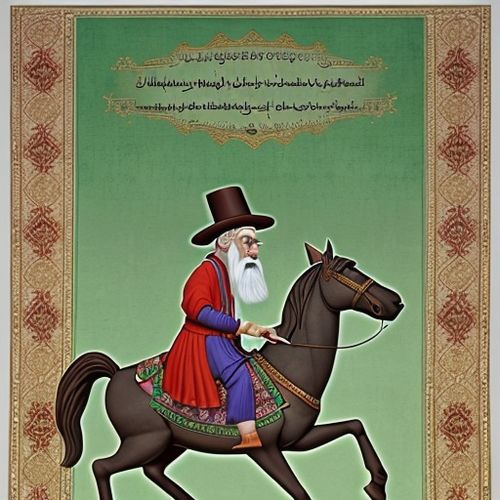
By Olivia Reed/Apr 28, 2025
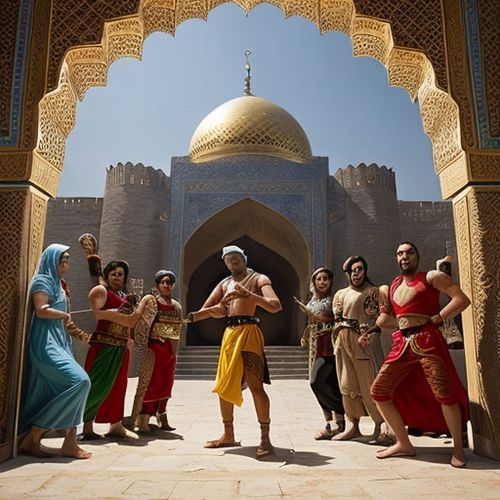
By Lily Simpson/Apr 28, 2025
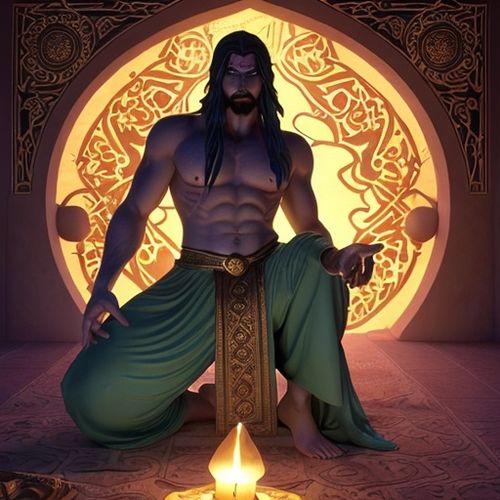
By Emma Thompson/Apr 28, 2025
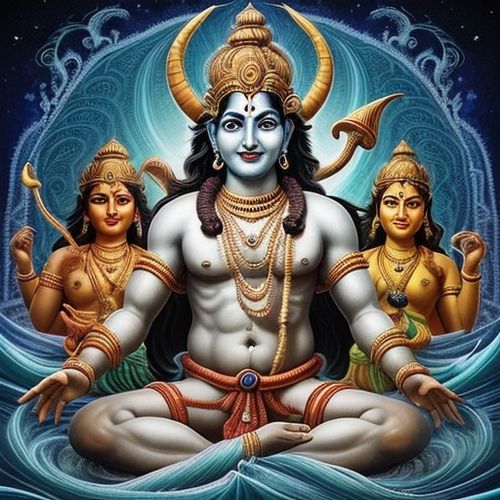
By Laura Wilson/Apr 28, 2025